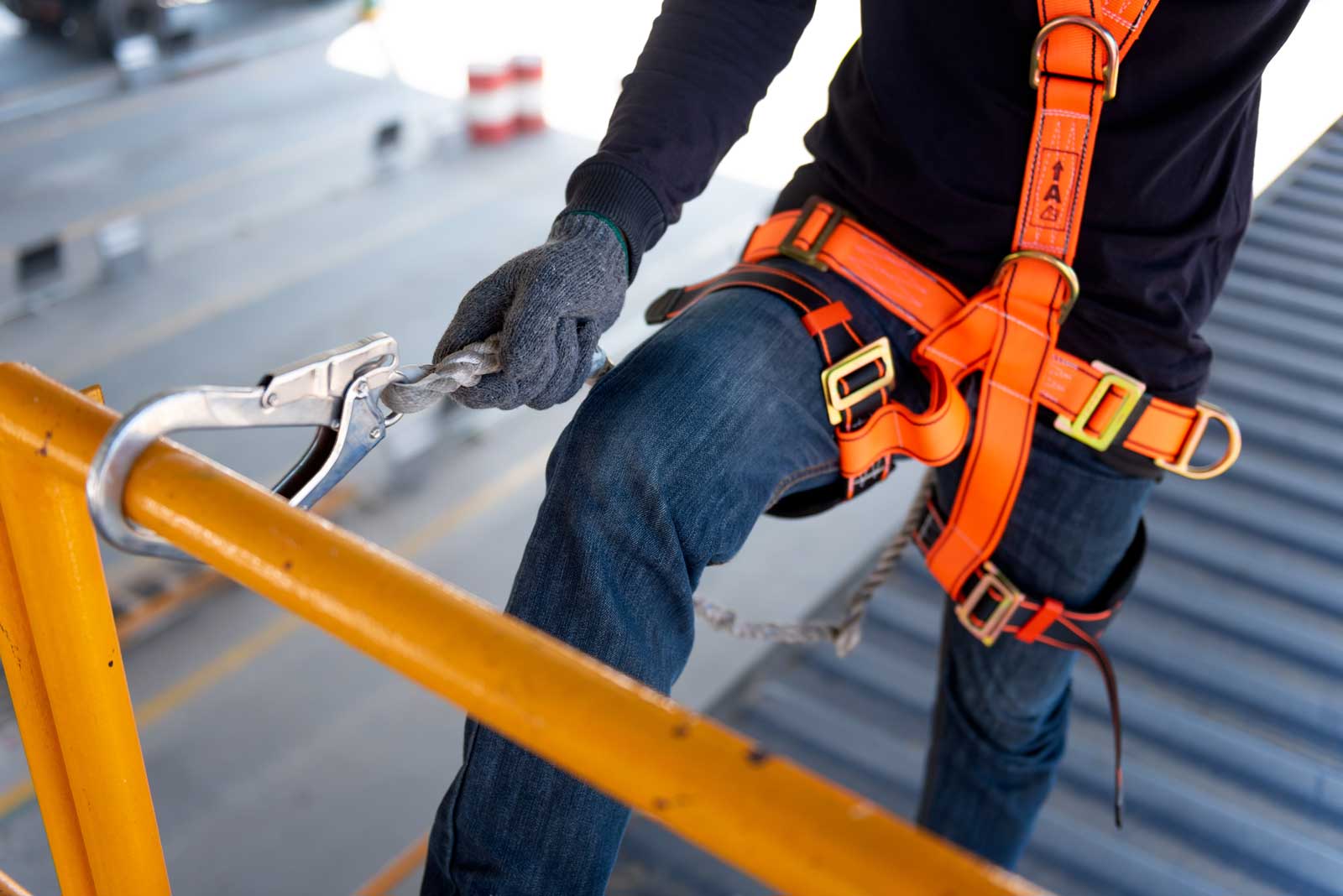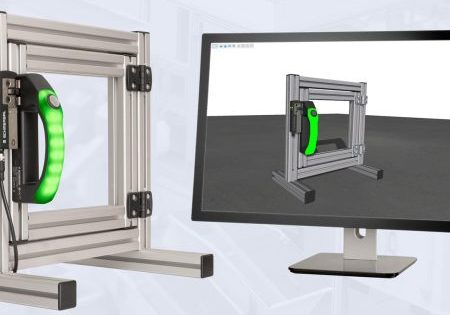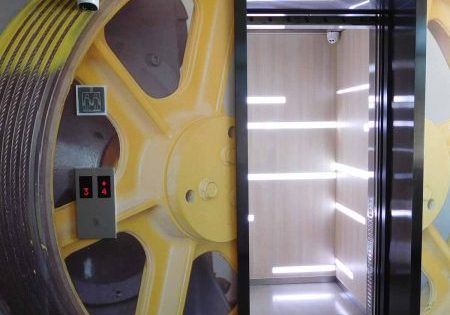The elevator industry unites for the latest iteration of the Elevator Industry Field Employees’ Safety Handbook, the definitive safety guide since 1973.
by Dot Mynahan
“The bigger the dream, the more important the team.” This quote from Canadian author Robin Sharma perfectly captures the driving force behind the working group preparing the 2025 update of the Elevator Industry Field Employees’ Safety Handbook. The dream: a workplace free of all accidents, where all employees return home from work safely every day. The team: representatives from ELEVATOR WORLD, the National Association of Elevator Contractors, the National Elevator Industry Education Program and the National Elevator Industry, Inc. (NEII).
According to an EW article by Ricia Sturgeon-Hendrick, the dream started in 1970 when EW asked for help writing a guide to aid in OSHA compliance. They turned to the safety directors from several major elevator companies including Armor, Dover, Haughton, Montgomery, Otis, Southeastern-Westbrook, U.S. Elevator and Westinghouse. The companies suggested EW assimilate the information from each of the individual company handbooks into one elevator industry handbook. Hence, the Elevator Industry Field Employees’ Safety Handbook was born. Distributed in 1973, the Handbook continues to be updated every five years, with NEII playing a prominent role in each and every update. NEII Executive Director Amy Blankenbiller said:
“NEII is extremely proud of the contributions our member companies and staff have made to the Field Employees’ Safety Handbook since its inception. Sharing expertise in collaboration with other industry partners ensures each edition of the Handbook represents the most current and highest level of safety guidance for our workforce.”
For the 2025 edition, the collective teams focused on bringing more attention to the industry’s “9 Safety Absolutes” (see sidebar), which are critical to the establishment of a safe working environment. This included expanding and clarifying information regarding the use of jumpers, lockout/tagout, top of car, as well as pit access and egress, which includes confined space and permit-required confined space descriptions. The updated version will also include information regarding moving work platforms, including running platforms and false cars. Additional information has been updated in all sections of the Handbook to ensure all workers have access to the information they need to work safely.
Sharing expertise in collaboration with other industry partners ensures each edition of the Handbook represents the most current and highest level of safety guidance for our workforce.
— NEII Executive Director Amy Blankenbiller
The Handbook also contains important reference information for field employees. For example, the Crosby Group authorized use of its Crosby Lifting Guide in the handbook. Have a question about the different capacities of a sling in different configurations? It is covered in Section 12.3, Hoisting and Rigging. Need help with metric conversions? It can be found in Section 22, Appendices, along with color code values for resistors and capacitors, and allowable loads for beams.
More and more field employees are relying on the Safety Handbook every day. This includes Ray Downs, a safety leader in the elevator industry for more than 35 years who was also a member of the latest working group. “I have referenced and quoted the Safety Handbook many times over the years to develop safety training classes and toolbox safety talks,” he said.
The 2025 edition of the Safety Handbook will be released in the first quarter of 2025. Copies will be available from the EW bookstore. To learn more about elevator safety, go to NEII.
Elevator and Escalator Safety Week
The second week of November is Elevator and Escalator Safety Week, which honors the industry’s commitment to safety and spreads awareness about safe riding practices. Elevator and Escalator Safety Week, held this year on November 11-15, provides an opportunity to increase NEII’s educational messaging with safety tips and facts about the safety of building transportation equipment with the riding public. For the fourth year, NEII will be holding its Elevator and Escalator Safety Challenge beginning on Monday, November 11. The Challenge will be held on NEII’s social media channels, so join us at: twitter.com/neii_tweets, instagram.com/national_elevator_industry_inc and linkedin.com/company/neii.
“9 Safety Absolutes”
Elevator industry best practices to maximize safety and prevent injuries
- Fall Protection
- Always wear proper personal protective equipment and tie off when a fall hazard exists.
- Inspect your fall protection system every time.
- Be aware of your surroundings.
- Ensure proper guardrails are used.
- Electrical Safe Work Practices
- Lock out and tag out if power is not required.
- Test meter on known source before use.
- Probe with one hand to verify circuits.
- Use certified tools.
- Inspect before each use and prevent incidental contact.
- Always protect high voltage exposed live circuits.
- Jumpers
- Do not install jumpers on the safety circuit when elevator is on automatic operation.
- Only use company-approved jumpers and inspect prior to use.
- Account for all jumpers at all times.
- Always notify coworkers jumpers are being used.
- Use a jumper tag.
- Understand how your jumpers will affect the entire system.
- Lock Out/Tag Out
- Ensure there are no passengers and cab is secure.
- Lock out and tag out if power is not required.
- Follow lock out and tag out procedures.
- Verify the correct system has been de-energized.
- Follow electrical safe work practices.
- Mechanical Stored Energy
- Bring equipment to zero energy state.
- Avoid pinch points.
- Do not wear loose clothing and be careful when wearing gloves.
- Ensure all loads are stable and secure.
- Do not put yourself in the line of fire.
- Car Top Access
- Always maintain control of car.
- Use door lock and stopper correctly.
- Verify door safety and all switches independently.
- Ensure stop switches are activated when exiting car top.
- Secure working area.
- Pit Access
- Always maintain control of car.
- Use door lock and stopper correctly.
- Activate and verify pit stop switch.
- Use ladder safely.
- Turn on pit light.
- Deactivate stop switch after exiting.
- Secure working area
- False Cars & Running Platforms
- Perform inspection of equipment prior to use.
- Operate with at least two means of safety.
- Always assemble/disassemble at the lowest landing.
- Do not overload.
- Install a protective barrier between cars.
- Hoisting & Rigging
- Ensure hoisting and rigging plan is in place.
- Know the weight of the load and that equipment is rated appropriately.
- Do not stand or walk under hoisted load.
- Use certified equipment and inspect before each use.
- Ensure load will clear all obstructions.
Get more of Elevator World. Sign up for our free e-newsletter.










